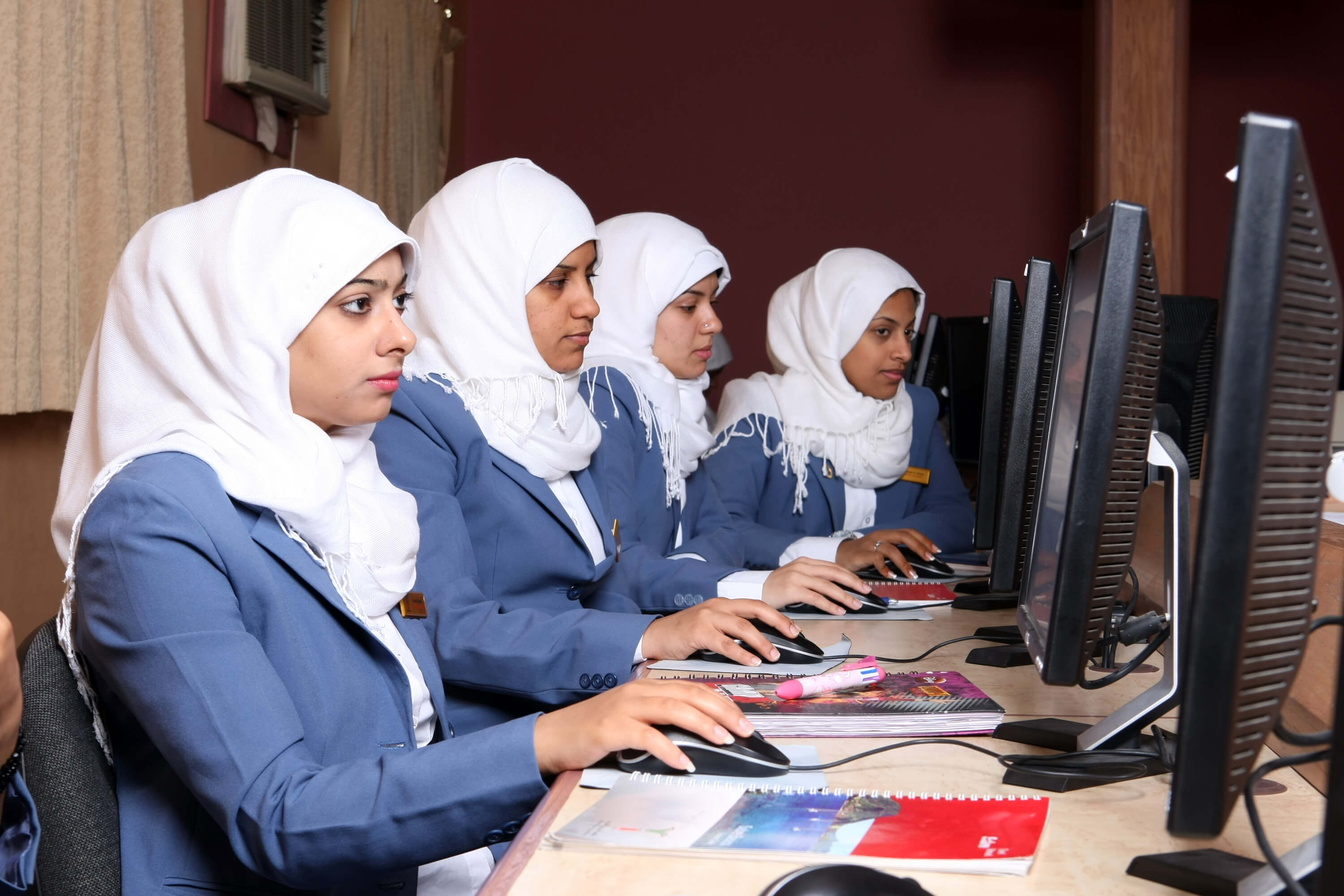Do women participate in the workforce at the same rate as men? No, they don’t.
Globally, the workforce participation rate for women is 49.4 percent, which is 26.7 percentage points below the global participation rate for men. This means that of all the people in the world who are either employed or who are unemployed but able and looking for work, 76.1 percent of men are involved compared to only 49.4 percent of women.
Even more disappointing, this gap is unlikely to change between now and 2021 according to new report by the International Labour Organization (ILO) on world employment trends for women.

The reason? Sexism mostly.
The most significant findings of the report, World Employment Social Outlook: Trends for Women 2017, have less to do with the raw percentages themselves and more to do with the contributing factors that enforce the gender gap in employment.
For example, a 2016 Gallup poll suggests that over 79 percent of women in the world prefer to work than not but face challenges based in sexist social norms that prevent them from doing so.
Balancing work and family responsibilities remain the most significant reason, particularly for women in developed countries like North American and East Asia. The most significant reason for women finding employment difficult in these countries is unequal pay. Issues of domestic violence, abuse, harassment and discrimination are more significant factors for women living in emerging and developing countries like those in Northern Africa.

A Continuing Downward Trend
Within the 26.7 percent gap in workforce participation, there is a long-term downward trend in these rates for both men and women. Since 1992, both rates have dropped nearly 3 percentage points. In North America, the rate for men has dropped faster than that of women, creating the impression of a closing gender gap. This report does not speculate as to why men lost jobs faster than women but World Finance speculates that more men lost jobs during the 2008 recession than women causing the gender gap to narrow.
In developing countries, however, the gap has narrowed by almost 5 percentage points and this trend is expected to continue into 2018. This narrowed gap is due to an increase in women’s workforce participation. This is mostly to do with the economic necessity of women’s employment. One income is not enough, two are often necessary to lift a household out of poverty.
Any Good News? Maybe.
Not all areas of work are dominated by men. In 2017, the rate of women engaged in wage and salaried employment rose to 54.8 percent making it the first time in two decades where the gender gap was reversed. This means women are moving out of vulnerable, unpaid or commission based pay and into more stable wage or salary earning positions than ever before. The rate for men in wage and salaried employment stands at 54.4 percent. The level of a country’s economic development weighs significantly in this case. For developed countries, the rates are 89.1 and 83.7 percent, again with women leading. However, in developing countries only 13.6 percent of women are engaged in this kind of work compared to 24.3 percent of men. For emerging countries, the rates stand equivalent at 51 percent. These trends are expected to continue into 2018.
Another piece of good news is that, in emerging and developing countries, working women are less likely to live in poverty then men. Twenty-seven percent of working women live in poverty compared to 29.1 percent of working men. The report implies that this doesn’t mean that women earn higher incomes, rather that women are more likely to live in households with multiple earners. The exception to this trend is Sub-Saharan Africa and Southern Asia where working women face higher rates of poverty then men.
The International Labor Organization might have a solution to the global employment gender gap.
For context, in 2014, the G20 committed to “25 by 25” a target to reduce the gap in participation rates between men and women by 25 percent by the year 2025. The ILO estimates that this gap reduction would raise global GDP by $5.8 trillion.
Closing this gender gap is in the interest of all members of the global economy but continuing in light of the lack of progress without a concerted effort at change will not yield significant results. The ILO is calling for a range of policy efforts to address the gap. The ILO Director-General has launched the Women at Work Centenary Initiative to boost the organizations focus on closing this labor gap in advance of ILO’s 100th anniversary. This includes initiatives aimed at promoting flexible work schedules, increased funding for women entrepreneurs and tackling stereotypes are all examples of policy considerations put forth in the report.
Unless global leaders address the specific challenges women face in the workplace, women will continue to fall behind and the gender gap will never close.
